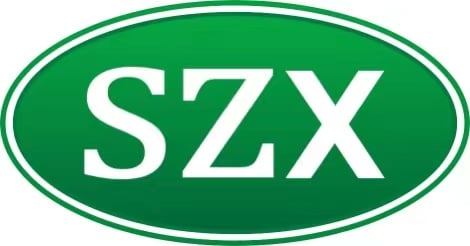When choosing a table tennis table, the surface material plays a crucial role in determining the quality of play. Here’s a breakdown of the different types of table surfaces and what you should consider to find the best one for your needs:
1. Wooden Surfaces
Description:
Wooden surfaces are commonly used in high-quality table tennis tables. They are typically made from MDF (Medium-Density Fiberboard) or particle board, sometimes with a veneer finish.
Pros:
- Consistent Bounce: Provides a reliable and consistent bounce that is favored by professional and serious recreational players.
- Performance: Offers a more traditional playing experience with excellent ball control and spin.
Cons:
- Humidity Sensitivity: Can be affected by changes in humidity and temperature, leading to warping or changes in bounce over time.
- Maintenance: Requires careful maintenance to prevent damage from moisture.
Best For:
- Indoor Use: Ideal for climate-controlled environments where humidity and temperature can be managed.
- Serious Play: Suitable for competitive and recreational players who value a consistent and high-quality bounce.
2. Composite Surfaces
Description:
Composite surfaces are made from a combination of materials, often including a blend of wood fibers and synthetic materials. They are designed to offer a balance of performance and durability.
Pros:
- Durability: More resistant to changes in environmental conditions, making them less likely to warp or degrade over time.
- Versatility: Suitable for both indoor and outdoor use.
Cons:
- Bounce Quality: While good, it may not offer the same level of bounce consistency as high-end wooden tables.
Best For:
- Indoor and Outdoor Use: Ideal for spaces where environmental conditions might vary or for outdoor settings.
- General Use: Suitable for recreational play and for players who want a balance of performance and durability.
3. Plastic or Resin Surfaces
Description:
Plastic or resin surfaces are commonly used in outdoor tables. They are made from durable, weather-resistant materials.
Pros:
- Weather Resistance: Highly resistant to weather conditions such as rain, UV rays, and temperature fluctuations.
- Low Maintenance: Easier to maintain and clean compared to wooden surfaces.
Cons:
- Bounce Quality: May not provide the same level of bounce consistency as wood or high-quality composite surfaces.
- Play Experience: Can feel less traditional and may not offer the same level of ball control and spin.
Best For:
- Outdoor Use: Ideal for tables that will be exposed to outdoor elements.
- Casual Play: Suitable for players who prioritize durability and low maintenance over premium play characteristics.
4. Aluminum Surface
Description:
Aluminum surfaces are a variant used in some outdoor tables, often featuring a composite aluminum and resin blend.
Pros:
- Durability: Extremely durable and resistant to environmental factors.
- Maintenance: Very low maintenance requirements.
Cons:
- Bounce Quality: Can vary widely, and may not offer the same level of bounce consistency as other surface types.
Best For:
- Outdoor and High-Traffic Areas: Ideal for environments where the table will be exposed to varying weather conditions or heavy use.
- Low Maintenance Needs: Suitable for users looking for a durable and low-maintenance option.
Conclusion
Choosing the best table surface depends on your specific needs and where the table will be used:
- Wooden Surfaces are best for indoor play with a focus on performance and consistency.
- Composite Surfaces offer a good balance of performance and durability, suitable for both indoor and outdoor use.
- Plastic or Resin Surfaces are ideal for outdoor settings, offering weather resistance and low maintenance.
- Aluminum Surfaces provide excellent durability for high-traffic or outdoor environments but may vary in play quality.
Consider your playing environment, maintenance preferences, and the type of play you expect when selecting the surface material for your table tennis table.

